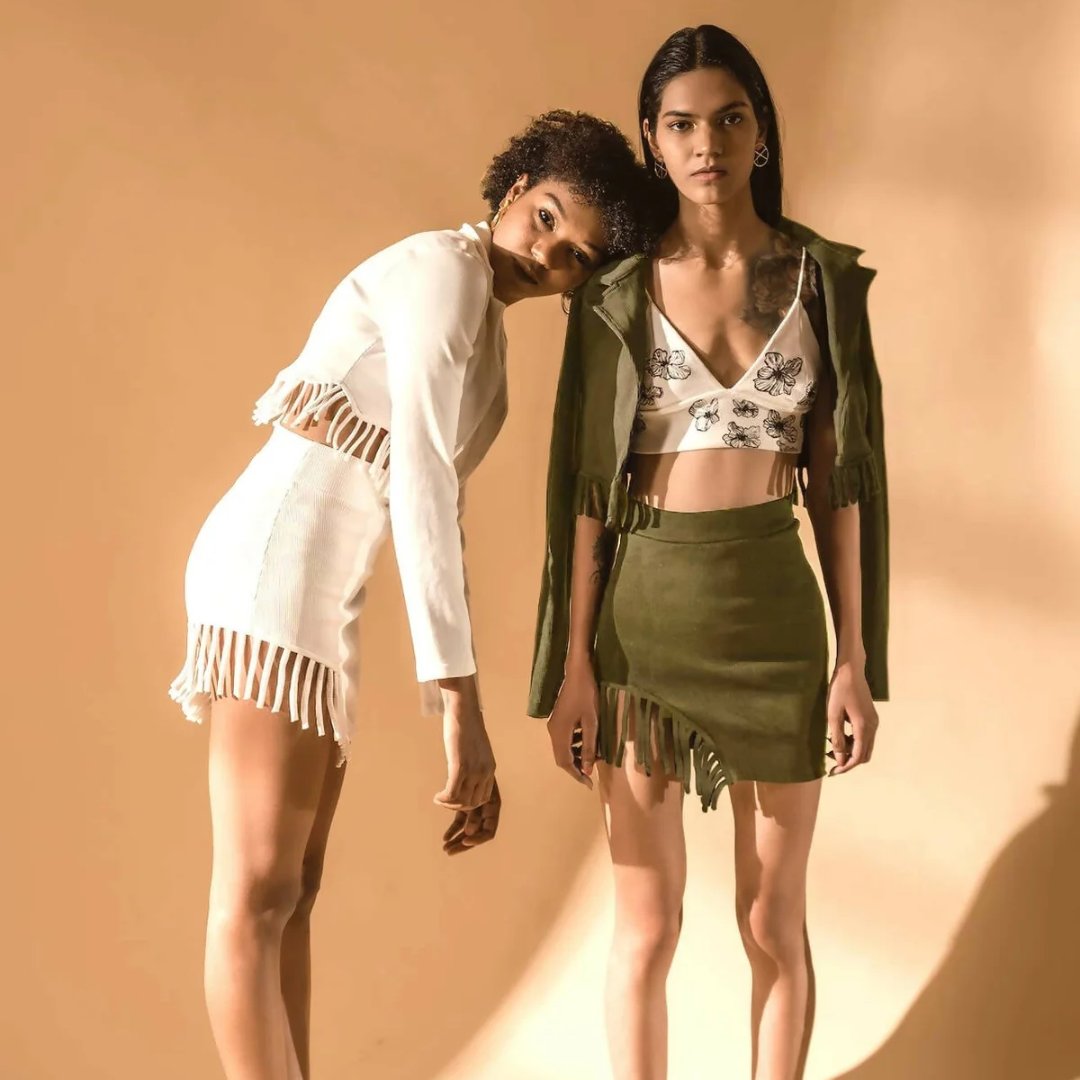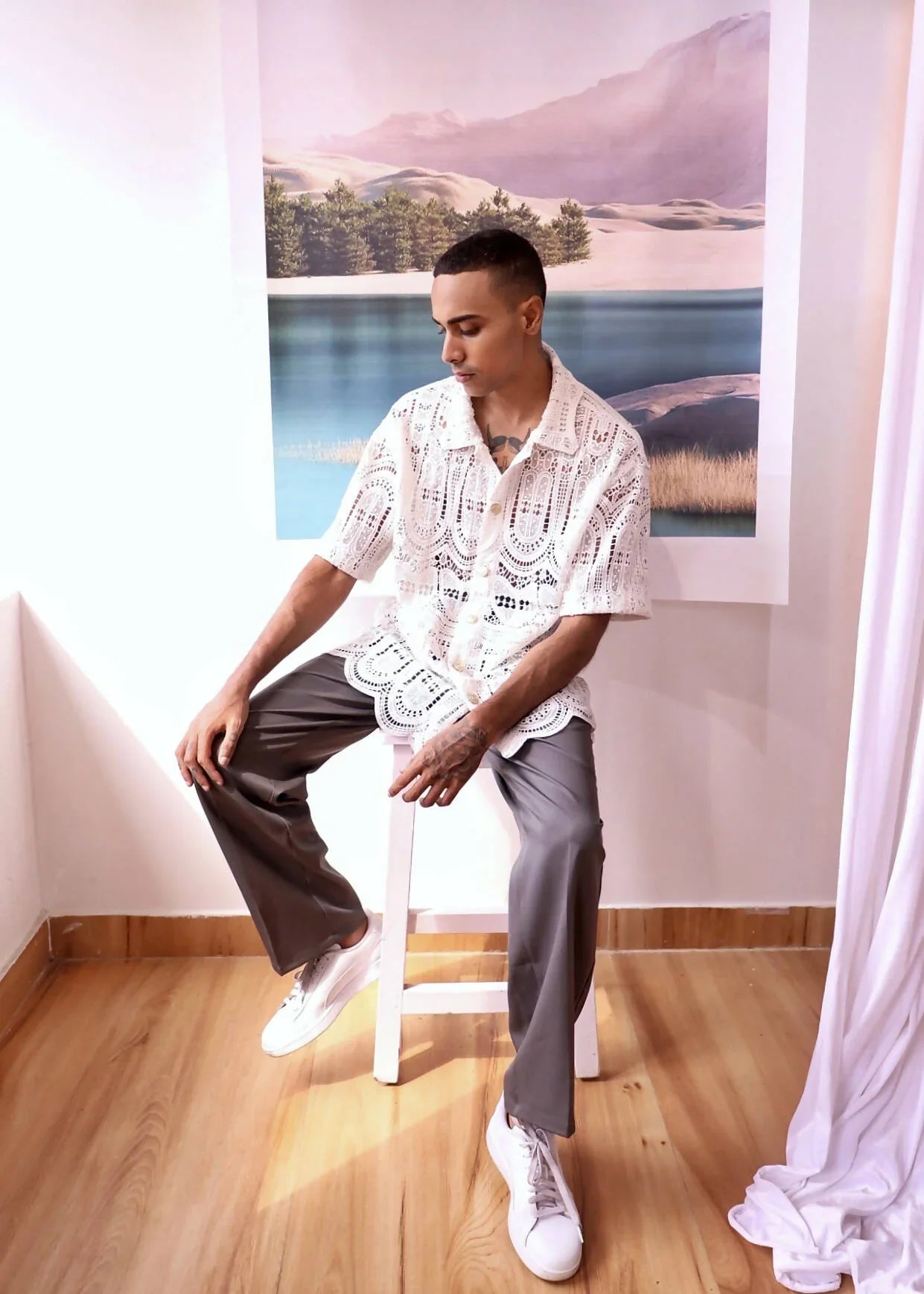Know Your Sustainability
The vast umbrella of sustainability in fashion is one that is layered and multi-faceted. The three pillars– environment, society and economy hang in a delicate balance whilst brands of different scales each navigate their impact. Whether a marketing gimmick or sincere shift from outdated models, they must evaluate their ability to ease environmental burden and breed a new buyer that will support necessary transition and innovation.
At Refash, we spotlight brands that are born of sustainability. These are labels concerned with the entire lifespan of their product, built with ethical supply chains by benevolent founders.
Pre-consumer Waste & Surplus Production
Some of your best-loved upcycle brands that flaunt colourful patchwork work with ‘deadstock’ fabric and waste trimmings, reclaiming materials that were otherwise banished to the landfill.
Since its inception, Iro Iro has upcycled 5000kg of waste fabric! Support them by shopping their relaxed silhouettes in conspicuous colourways.
Scraps are salvaged from used garments at the end of their life and converted into brand new objects. The transformed creations often carry with them a sense of history since the elements may be identifiable but uniquely reimagined.
Dwij transforms used denim creating eccentric bags featuring varying shades, frays, quilting techniques and more.
Upliftment of the Underprivileged through Dignified Work
The preservation and resuscitation of various native Indian crafts is an ongoing initiative by the government as well as independent enthusiasts. Enabling a community and the worth of its inherent skill in turn safeguards culture and rekindles pride in heritage craftsmanship.
Manufacturing Waste
Some brands have taken it upon themselves to close the loop in production by launching capsule collections made from their own waste. Any remnants post this process are further used to package and embellish. The imperfectly perfect appeal of products that come to life this way lies in this intentional revolutionary act.
Zero Waste Design
Through this holistic design approach, a mindful pattern cutting process is employed eliminating textile waste to a negligible amount. This philosophy is far from a recent revelation, with the Japanese Kimono and Indian sari serving as ideal examples of using the entire width of fabric. With advancements in technology, fabric can be used optimally now more than ever.
Sanah Sharma does chic deconstructed pieces for the radical fashion mongers.
Organic & Locally Sourced
A gradual move away from chemical to organic is already the order of the day. Healthy lifestyle management includes these principles in all aspects of consumerism. The massive carbon footprint brought on solely by transportation is raising alarms and demonising the exponential rise of globalisation. By championing organic and local, we take a step forward to eradicate toxicity from the cycle.
Slow Fashion
Aside from the obvious environmental benefits, by going back to slow practices and instruments like the loom, purchase perspectives graduate from cheap and wasteful to an imminent response to impending crisis.
The Loom Art is one such venture that views sustainability through the lens of love for the loom and revival of an authentic craft, embroidery and weaving.
-
Feature Credit - Simran Khera










Leave a comment